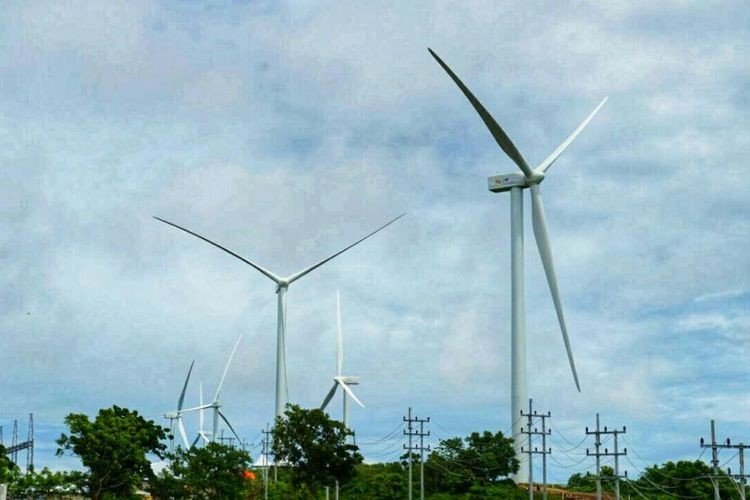Copenhagen, 22 February 2024 (TDI): The Southeast Asia Energy Transition Partnership incentivizes countries to shift from the use of fossil fuels to renewable sources of energy, which should fall upon the Paris Agreement on climate change.
Southeast Asia is comprised of 670 million people. Its economy has bolstered rapidly along with its growing middle class.
However, this growth has come with its limitations as it has been generated through the increase in the use of fossil fuels, which has led to the rise in greenhouse gas emissions, environmental pollution, a rise in the risk of local health, and increased climate repercussions around the globe.
The Southeast Asia Energy Transition Partnership would bring governments and philanthropic organizations together and motivate the amalgamation of renewable sources of energy into the energy mix for Southeast Asia.
This roadmap would be focused on Indonesia, the Philippines, and Vietnam, as these are countries with a significant consumption of coal.
Initial steps
Kate Hampton, Chief Executive Officer of, the Children’s Investment Fund Foundation reports that “This transition will bring green jobs, cheaper electricity and cleaner air to southeast Asia”.
This partnership will allow countries in Southeast Asia to increase leadership and the funding for energy transition.
Furthermore, this goal would be realized through providing financial support for technical assistance projects that fall in line with the present and continuing projects in the region. It would also assist in establishing dialogue.
“…this coalition also builds on the Finance in Common Summit and fosters partnership-oriented initiatives to scale up green finance,” reports Rémy Rioux, Chief Executive Officer, Agence Française de Development.
Application of ETP
In an interview with Sirpa Jarvenpaa, Director of the UNOPS-managed Southeast Asia Energy Transition Partnership (ETP), coal is the largest source of global energy-related CO2 emissions. In the year 2018, Southeast Asia was among the few regions where the use of coal went up.
If these actions persist, the earth could face irreparable harm with rising air pollution, GHG emissions, and climate-induced natural disasters such as typhoons and flooding.
The first step in shifting to clean renewable sources of energy throughout Southeast Asia is to remove subsidies and other policies that prefer coal and other fossil fuels.
Moreover, the utilization of ETP is assisting countries to design policy reforms that permit renewable energy to be competitive.
These goals would also be accomplished by including RE generation and supply capacity by employing the scope of abundant renewable sources along with enhanced technologies that are available, all the while promoting knowledge and technological innovation.
Also Read: G7 Agrees to Renewable Energy Push
Energy transition in practice
According to Sirpa Jarvenpaa, to phase out the consumption of fossil fuels and coal, the ETP initiative is assisting Vietnam with technically and financially feasible alternatives to coal to align with the increasing energy demand.
This strategy signifies health and environmental benefits, along with highlighting savings from lowered reliance on imported fuels for example coal.
Moreover, there is potential for these savings to be re-established in areas of education and healthcare which would in the longer run solidify development on a large scale.
Furthermore, the addition and role of infrastructure plays a vital role in energy transition. Without the upgrade of infrastructure, it is not possible to align renewable resources into a country’s energy systems. For instance, in Indonesia, there has been an advancement of the central electricity control center.
This has allowed an enhanced number of renewable energies such as wind and solar, to be passed through the system reaching communities, especially rural and remote regions. This project could potentially bring clean energy to millions of people in the Bali and Java areas.
In addition to this, there has been an application and design of a competitive battery energy storage market mechanism in the Philippines. This will allow the reliability and safeguarding of the country’s grid network and cement its capacity to integrate renewable energy sources.
It is therefore imperative to build up stakeholder knowledge of energy transition projects along with evolving skills for the workforce to adapt to new jobs stemming from energy transition.
There is also a need to work with leaders and communities that depend on the fossil fuel industry to expand capacity.



